What's the Best Rolling Paper 🔥 Your Ultimate 2025 Guide

So you're staring at the wall of rolling papers at your local shop, completely overwhelmed. We've all been there! With hundreds of brands, materials, and sizes screaming for your attention, figuring out what's the best rolling paper can feel like choosing a Netflix show – impossible. 😅
But here's the thing: the "best" paper isn't the same for everyone. It depends on your rolling skills, what you value most (flavor? ease? sustainability?), and honestly, just personal vibes. That said, after years of rolling and testing pretty much every paper on the market, we've got the ultimate breakdown to help you find YOUR perfect match.
Whether you're a total beginner who can barely seal a cone or a seasoned roller who could do it blindfolded, this guide has you covered. Let's dive in! 🌿
📋 Table of Contents
- 🎯 What Makes a Good Rolling Paper?
- 📊 Material Breakdown: Rice vs Hemp vs Everything Else
- ⭐ Top Rolling Paper Picks for Every Vibe
- 📏 Understanding Paper Thickness (GSM Explained)
- 🚫 Common Mistakes to Avoid
- 💡 Storage Tips for Maximum Freshness
- 🔥 Why Choose Our Rolling Papers
- ❓ Frequently Asked Questions
- ✅ Final Thoughts
🎯 What Makes a Good Rolling Paper?
Before we get into specific brands and types, let's talk about what actually separates a great paper from a mediocre one. Not all rolling papers are created equal, and understanding these factors will help you make the right choice.
Key Factors That Matter 💪
1. Burn Rate ⏱️
You want your paper to burn at a steady, even pace – not too fast (wasteful) and not too slow (harsh). The sweet spot depends on the material and thickness. Thinner papers generally burn slower and more evenly, which is why they're preferred by connoisseurs.
2. Flavor (or Lack Thereof) 👅
The best papers are basically invisible flavor-wise. You should taste your herbs, not the paper. This is where ultra-thin rice and hemp papers shine – they add almost zero taste. If you're getting a paper-y or chemical taste, that's a red flag to switch brands.
3. Ease of Rolling 🤲
Let's be real – if you can't roll it, what's the point? Thicker papers are more forgiving and easier to handle, especially for beginners. Ultra-thin papers (under 14 GSM) can tear easily and require a steady hand, but once you master them, there's no going back.
4. Ash Quality 🌫️
Good papers leave minimal, light-colored ash. If you're getting chunky, dark ash that won't fall off, that's excess paper material and additives burning. Clean papers produce fine, white or light gray ash that falls away naturally.
5. Adhesive Type 🔗
This is huge but often overlooked! Most quality papers use natural gum arabic (from acacia trees) which burns slowly and cleanly. Cheaper papers might use sugar-based adhesives that burn faster and can add a weird sweetness. Natural gum = good. Sugar gum = meh.
6. Ingredients & Purity 🌱
What goes into your paper matters. Look for unbleached or naturally bleached papers (using calcium carbonate, not chlorine). Organic certification is a plus. Avoid papers with added chalk, dyes, or mystery chemicals. Your lungs will thank you!
📊 Material Breakdown: Rice vs Hemp vs Everything Else
Alright, time for the material showdown! Each type of paper has its own personality, and knowing the differences will help you pick your perfect match. Here's the real talk on each type of rolling paper material:
| Material 🎨 | Thickness (GSM) 📏 | Burn Speed 🔥 | Best For 👤 | Vibe Check ✨ |
|---|---|---|---|---|
| Rice Paper | 12-14 GSM | Slow & steady | Flavor purists, experienced rollers | Ultra-thin, clean taste, minimal ash, almost translucent |
| Hemp Paper | 16-18 GSM | Medium | Eco-conscious users, balanced experience | Slightly thicker, easy to roll, eco-friendly, smooth burn |
| Wood Pulp | 18-22 GSM | Medium-fast | Beginners, casual rollers | Most common, affordable, forgiving, traditional feel |
| Flax/Linen | 15-17 GSM | Slow | Euro-style enthusiasts | Rare in US, smooth burn, unique texture |
| Bamboo | 16-18 GSM | Medium | Eco-warriors, novelty seekers | Sustainable, slightly sweet taste, newer to market |
| Cellulose (Clear) | N/A (plastic-like) | Very slow | Curious experimenters | Completely clear, see-through, synthetic feel, unique experience |
Breaking It Down Further 🔍
Rice Papers: The Purist's Choice 🍚
If you're all about that pure, unadulterated flavor, rice papers are your jam. These ultra-thin beauties (usually 12-14 GSM) are made from processed rice and burn incredibly slowly with almost zero taste. The downside? They're delicate and can tear if you're not careful. But once you get the hang of them, you'll understand why they're the go-to for connoisseurs.
Best for: Experienced rollers who want to taste nothing but their herbs. Perfect for high-quality material where you don't want the paper getting in the way.
Hemp Papers: The Balanced All-Rounder 🌿
Hemp papers are like that friend who's cool with everyone – reliable, easy-going, and always delivers. They're slightly thicker than rice (16-18 GSM), which makes them more forgiving to roll, but still thin enough to burn cleanly. Plus, hemp is super sustainable and grows without pesticides. Win-win!
Best for: Anyone who wants a good balance of ease, flavor, and eco-friendliness. Great for daily use and intermediate rollers.
Wood Pulp Papers: The Classic 🌲
These are the OG papers your older siblings probably used. Made from wood fibers, they're thicker (18-22 GSM), more durable, and super easy to roll. They burn a bit faster and leave more ash than rice or hemp, but they're forgiving and affordable. Think of them as the reliable Honda Civic of rolling papers – nothing fancy, but gets the job done.
Best for: Beginners, budget-conscious users, or anyone who values ease over everything else.
Specialty Papers: For the Adventurous 🎭
Bamboo, flax, and clear cellulose papers are the wild cards. Bamboo is super eco-friendly with a slight natural sweetness. Flax gives you that European café vibe. Clear papers? They're totally see-through and weird in the best way – you can literally watch everything happen. Not for everyday use, but fun to try!
⭐ Top Rolling Paper Picks for Every Vibe
Now for the fun part – actual recommendations! We've broken this down by user type because, let's face it, a pro roller and a newbie have very different needs.
🎓 For Beginners: Build Your Confidence
Top Pick: RAW Organic Hemp (Classic Size)
These are the perfect training wheels. At about 17 GSM, they're thick enough to handle without tearing but still burn cleanly. The natural hemp is forgiving, and the gum strip is wide and sticky. Plus, RAW is everywhere, so you can grab them at pretty much any shop. They're unbleached, additive-free, and affordable – basically everything you want when you're learning.
Why it works: Durability + availability + clean ingredients = confidence builder
Runner-Up: Zig-Zag Ultra Thin Cones
Look, if you're not ready to roll from scratch, there's zero shame in starting with cones. Zig-Zag's ultra-thin pre-rolled cones let you focus on packing technique without worrying about the roll. They're perfectly consistent every time, and you can graduate to flat papers once you're ready.
👨🍳 For Flavor Chasers: Taste the Difference
Top Pick: Elements Ultra Thin Rice (King Size)
If flavor purity is your religion, Elements are basically the gospel. At 14 GSM, these rice papers are thin enough to be almost invisible flavor-wise but thick enough to handle. They burn super slowly and evenly, leaving barely any ash. The watermark burn pattern is oddly satisfying, too. These are what serious flavor enthusiasts reach for.
Why it works: Clean rice material + ultra-thin profile + slow burn = pure, unfiltered taste
Runner-Up: OCB Ultimate (Slim)
These French beauties are the thinnest papers on the market at just 10 GSM. That's insane! They're so thin, they're almost see-through. The flavor is pristine, but fair warning – they require a steady hand. If you've mastered Elements and want to level up, OCB Ultimate is your final boss.
🌍 For Eco-Warriors: Save the Planet, One Roll at a Time
Top Pick: RAW Black Organic Hemp
The pinnacle of RAW's lineup, these papers are made from organically grown hemp, unbleached, and use natural gum arabic. They're carbon-neutral in production, and the company genuinely cares about sustainability. At 13 GSM, they're thin but durable. Plus, supporting RAW means supporting eco-friendly practices across the industry.
Why it works: Organic certification + sustainable practices + clean burn = guilt-free sessions
Runner-Up: Bambu Pure Hemp
Despite the name, these are actually hemp (not bamboo), but they're certified organic and made with renewable energy. They're slightly thicker at 18 GSM, making them super easy to roll. Great middle ground between sustainability and user-friendliness.
✨ For Show-Offs: Make a Statement
Top Pick: Shine 24K Gold Papers
Okay, these are absolutely ridiculous and we love them. Made with actual edible 24K gold leaf, they're the ultimate flex. Do they smoke better than regular papers? Nope. Are they overpriced at $10+ per paper? Absolutely. Will you feel like royalty? 100%. Save these for special occasions or when you really want to blow someone's mind. They're the Lamborghini of rolling papers – totally unnecessary but undeniably cool.
Why it works: 24K gold + bragging rights + memorable experience = worth it once
Runner-Up: Blazy Susan Pink Papers
These bright pink papers are made with natural, vegan dye and actually smoke really well. They're not just pretty – the wood pulp base burns smoothly and evenly. Perfect for standing out without breaking the bank. Plus, you're supporting a woman-owned small business in Denver!
💰 For Budget-Conscious Rollers: Quality on a Budget
Top Pick: Rizla Silver (Bought in Bulk)
Rizla is an absolute classic brand that's been around since 1796 (yes, really). Their silver line is thin, burns well, and when you buy in bulk packs, you're paying pennies per paper. They're available literally everywhere, and you can trust the consistency. No frills, no fancy marketing – just solid papers that won't let you down.
Why it works: Proven track record + bulk pricing + wide availability = best bang for buck
Runner-Up: TOP Organic Hemp
These are surprisingly good for the price. They're certified organic hemp, unbleached, and usually cost less than RAW. The quality is comparable, and you're still getting clean ingredients. The only downside is they're not as widely available, but if you see them, stock up!
📏 Understanding Paper Thickness (GSM Explained)
GSM stands for "grams per square meter" – basically, it's how paper thickness is measured. Lower number = thinner paper. Here's what you need to know:
The GSM Scale 📊
Ultra-Thin: 10-13 GSM 🪶
This is expert territory. Papers this thin require a delicate touch and solid technique. They burn incredibly slowly, leave almost no ash, and provide the purest flavor. But they tear easily and can be frustrating for beginners. Examples: OCB Ultimate (10 GSM), RAW Black (13 GSM).
Best for: Experienced rollers who prioritize flavor above all else
Thin: 14-16 GSM 🍃
The sweet spot for most people! Thin enough to burn clean and taste great, but thick enough to be user-friendly. This is where you'll find most premium rice and hemp papers. Examples: Elements (14 GSM), RAW Organic (15 GSM), most hemp papers.
Best for: Intermediate to advanced rollers, daily drivers
Medium: 17-20 GSM 📄
Standard thickness that's forgiving and easy to work with. Burns a bit faster than thinner papers but way more durable. Great for learning or when you don't want to baby your roll. Examples: most wood pulp papers, beginner hemp papers.
Best for: Beginners, windy conditions, less-than-perfect material
Thick: 20+ GSM 📚
Old-school territory. These are sturdy, almost impossible to tear, but burn noticeably faster and leave more ash. You'll taste the paper more, but they're ultra-reliable. Examples: classic Zig-Zag Orange, vintage styles.
Best for: Nostalgic sessions, extremely windy days, teaching someone to roll
🚫 Common Mistakes to Avoid
Learn from our mistakes (and everyone else's) so you don't waste time and papers figuring it out the hard way!
Mistake #1: Storing Papers Improperly 📦
Leaving your papers out in the open is rookie move #1. They absorb moisture from the air, which makes the adhesive weak and the paper itself harder to work with. Always keep them in their original packaging or a sealed container. Bonus points for keeping them away from direct sunlight and heat.
The fix: Original packaging + cool, dry place = papers that last years
Mistake #2: Using Too Much Saliva 💧
We've all seen someone absolutely drench the gum strip like they're sealing an envelope for the queen. Don't do this! Too much moisture weakens the paper and makes it soggy. A quick lick across the gum is all you need – the adhesive is designed to work with minimal moisture.
The fix: One quick swipe, not a swimming pool
Mistake #3: Buying Cheap, Sketchy Papers 🚩
That random brand for $0.50 a pack? Yeah, there's a reason it's cheap. Unknown papers can contain who-knows-what chemicals, bleaches, and additives. They might smell weird, taste nasty, or burn unevenly. Stick with reputable brands – your lungs are worth the extra dollar.
The fix: Stick with known brands like RAW, Elements, OCB, Rizla, or Zig-Zag
Mistake #4: Going Too Thin Too Fast 🏃♂️
We get it – ultra-thin papers look cool and advanced. But if you're tearing three papers before you get one to work, you're just frustrating yourself and wasting money. Start with medium thickness (17-18 GSM) and work your way down as your skills improve.
The fix: Match paper thickness to skill level, not ego
Mistake #5: Ignoring Gum Type 🤔
Not all adhesives are created equal. Natural gum arabic (from acacia trees) burns slowly and cleanly. Sugar-based adhesives burn faster and can add a weird taste. Always check what gum the paper uses – quality brands will proudly advertise "natural gum arabic."
The fix: Natural gum arabic > everything else
Mistake #6: Buying Flavored Papers for Flavor 🍓
Here's a secret: most "flavor" from flavored papers comes from scented ink or coatings, not from taste when burning. They're fun and smell nice, but if you're expecting a strong strawberry or chocolate taste throughout, you'll be disappointed. They're more novelty than necessity.
The fix: Flavored papers for fun, unflavored for regular use
Mistake #7: Not Experimenting Enough 🧪
Too many people find one paper they like and never try anything else. The paper landscape is constantly evolving with new materials and innovations. Try different brands and materials every once in a while – you might discover something you like even better!
The fix: Buy variety packs or try new papers when you can
💡 Storage Tips for Maximum Freshness
Proper storage can extend the life of your papers from months to literally years. Here's how to keep them fresh:
Keep Them Sealed 🔒
Papers come in packaging for a reason! The cardboard or plastic wrap protects them from moisture, light, and contaminants. Once you open a pack, use it before moving to the next one. If you must store opened packs, put them in a resealable plastic bag or airtight container.
Control Humidity 💨
The ideal humidity for storing papers is 40-50%. Too dry and they become brittle; too moist and the adhesive fails. If you live in a humid climate, consider adding a small silica gel packet to your storage container. In dry climates, just normal room conditions are fine.
Avoid Temperature Extremes 🌡️
Don't leave your papers in a hot car, near a radiator, or in a freezing garage. Room temperature (65-75°F / 18-24°C) is perfect. Extreme heat can affect the adhesive, while extreme cold can make papers brittle.
Dark is Better 🌙
Light exposure can degrade paper quality over time, especially for unbleached papers. Store them in a drawer, cabinet, or opaque container. If you're using a clear container, keep it somewhere dark.
Keep 'Em Clean 🧼
This sounds obvious, but handle papers with clean, dry hands. Oils from your skin can transfer to the paper and affect how it burns. If you're handling material first, wipe your hands before grabbing a paper.
🔥 Why Choose Our Rolling Papers
Look, we've spent this entire guide talking about what makes great papers great. Now let's talk about why our custom rolling papers check every single box we just discussed.
We're not just another paper company trying to make a quick buck. We're rollers ourselves who got fed up with the same old options and decided to create something better. Here's what makes our papers special:
100% Organic Hemp Base 🌿
Our papers are made from premium organic hemp grown without pesticides or herbicides. No bleach, no chlorine, no weird chemicals – just pure, natural fibers. The hemp gives you that perfect 16 GSM thickness: thin enough for clean flavor, thick enough to roll confidently.
Natural Gum Arabic Adhesive 🍂
We use only natural gum from acacia trees. It burns slowly and cleanly without any weird taste or fast-burning sugar additives. One quick lick and you're sealed – no need to drown it.
Food-Grade, Vegetable-Based Inks 🎨
Here's where we really shine: our printing uses only food-grade, vegetable-based inks that are completely safe. Want to put your brand logo on papers? Your own art? A custom design for a special event? We've got you covered. No toxic chemicals, no sketchy dyes – just clean, vibrant prints.
Fully Customizable 🎯
This is the fun part! Whether you're a brand looking for custom rolling papers wholesale, an artist wanting to put your work on papers, or just someone who wants personalized papers for your crew, we can make it happen. Custom designs, logos, colors, even custom packaging – the only limit is your imagination.
Bulk Options Available 📦
Planning an event? Running a shop? Want to stock up for yourself? We offer competitive bulk pricing that makes premium papers affordable. The more you order, the better the deal gets.
Quality You Can Trust ✅
Every batch is tested for consistency, burn quality, and safety. We don't do random quality dips or inconsistent batches. What you get in your first order is what you'll get in your hundredth order – reliable, high-quality papers every single time.
🔥 Ready to Upgrade Your Rolling Game?
Stop settling for generic papers that don't deliver! 🎯 Whether you're a casual roller or a serious connoisseur, you deserve papers that enhance your experience – not compromise it.
- ✔️ Made from organic hemp
- ✔️ Printed with food-grade ink
- ✔️ Sealed with 100% natural gum
- ✔️ Customize them with your brand, artwork, or vibe
📦 Bulk orders available | 🚚 Fast shipping | 🌱 Always chemical-free
❓ Frequently Asked Questions
✅ Final Thoughts: What's Really the Best Rolling Paper?
So, what's the best rolling paper? The honest answer is: it depends on you! 🤷♂️
If you're a beginner, go with forgiving hemp papers like RAW Organic. If flavor is everything, grab some Elements rice papers. If you care about the planet, organic hemp papers are calling your name. If you want to flex, those 24K gold papers are waiting. And if you want consistent quality with custom options, well... you know where to find us! 😉
The most important thing is to experiment and find what works for YOUR style, YOUR preferences, and YOUR budget. Don't let anyone tell you there's only one "right" choice – the best paper is the one that makes YOUR experience better.
Here's the real secret though: the paper is just one piece of the puzzle. Proper technique, quality material, and the right environment all matter too. But having great papers definitely doesn't hurt!
Remember: the journey to finding your perfect paper is half the fun. Every roller has their own story of testing dozens of brands before finding "the one." Some people stick with their favorite forever, others keep exploring. Both approaches are totally valid!
Now get out there and roll something great! 🌿✨
Happy rolling, friends! May your papers never tear and your sessions always be smooth! 🔥
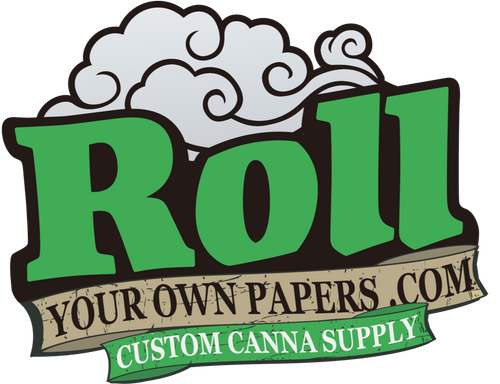
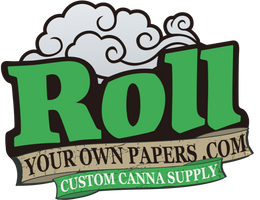
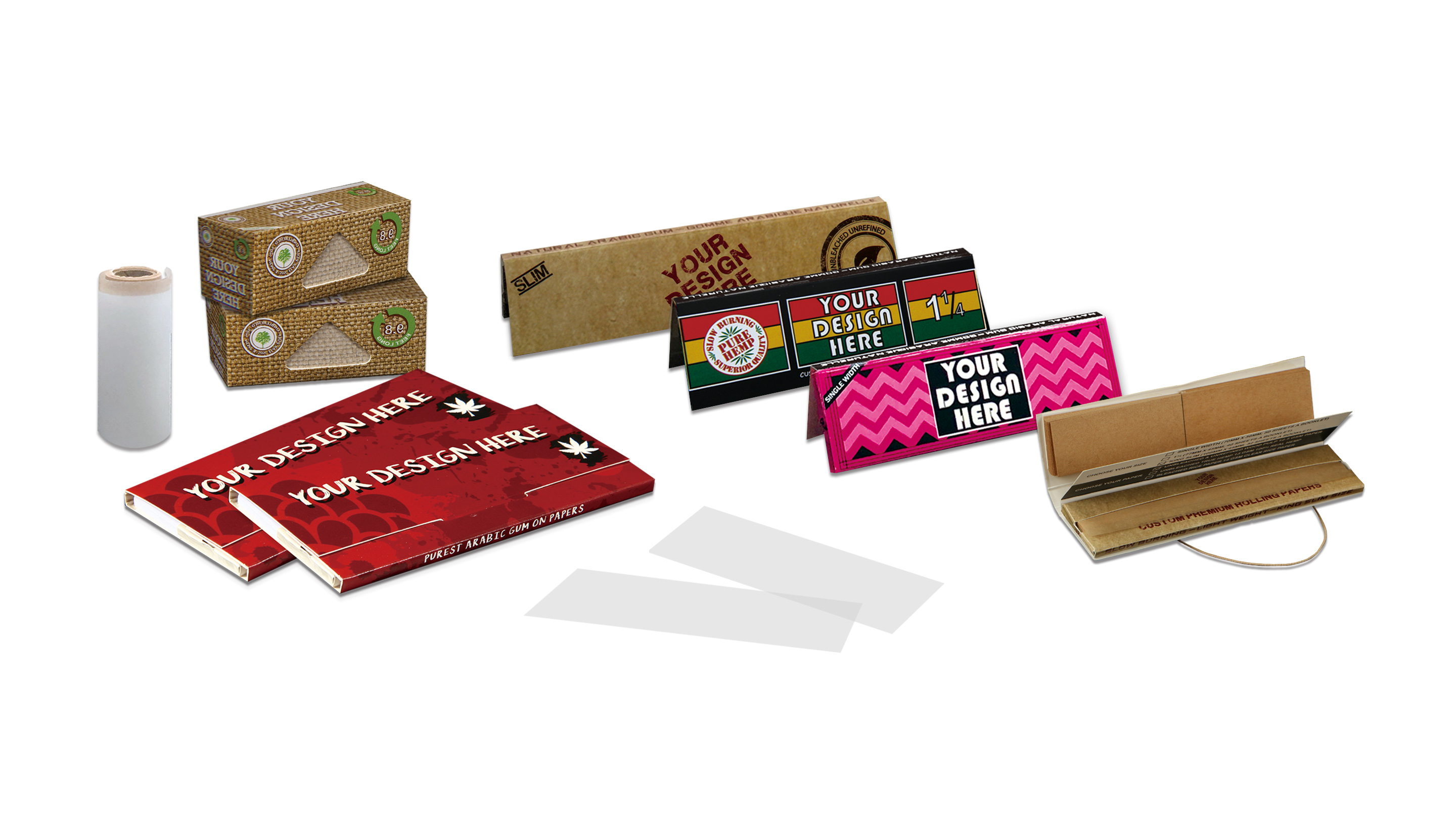
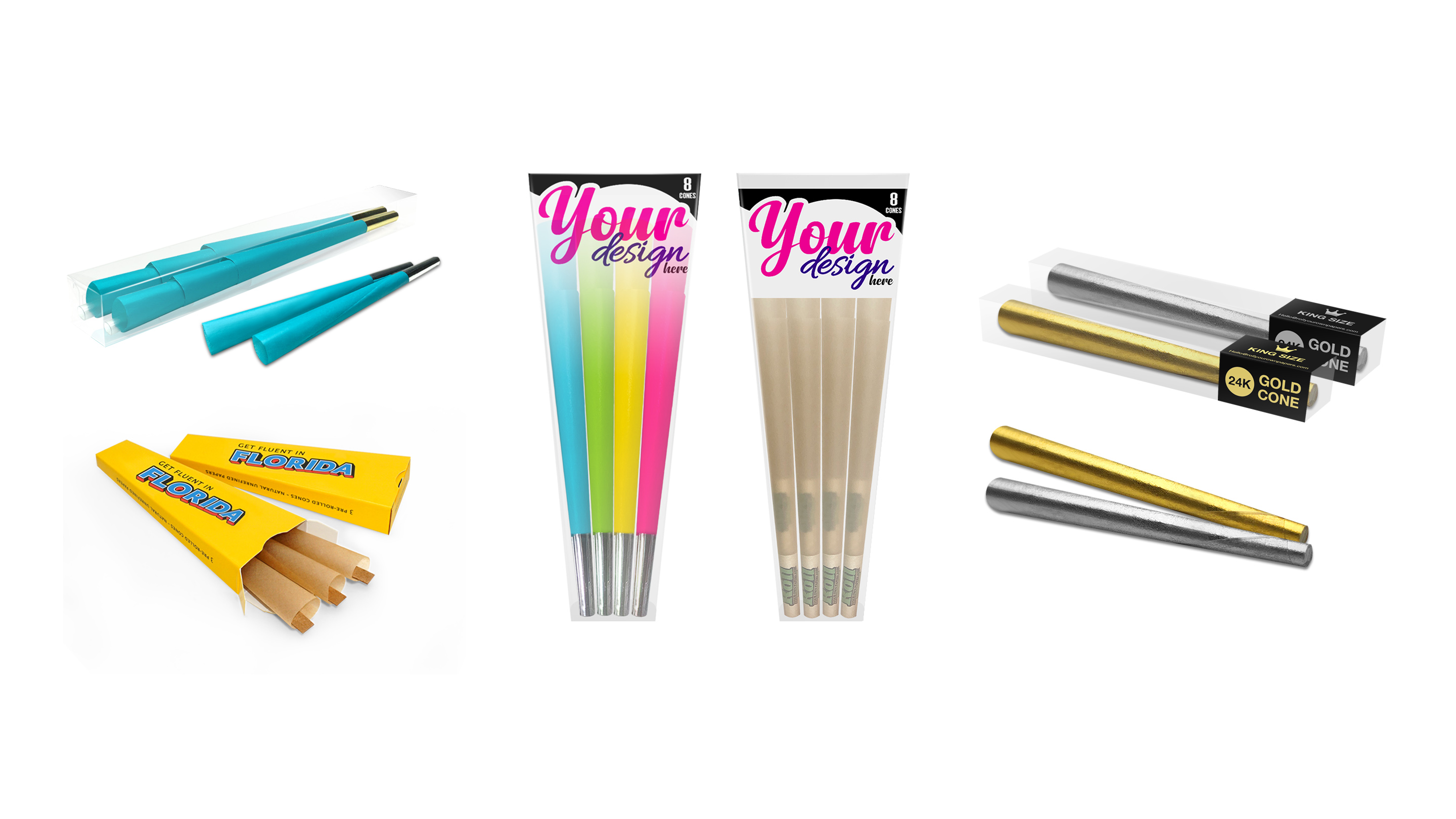
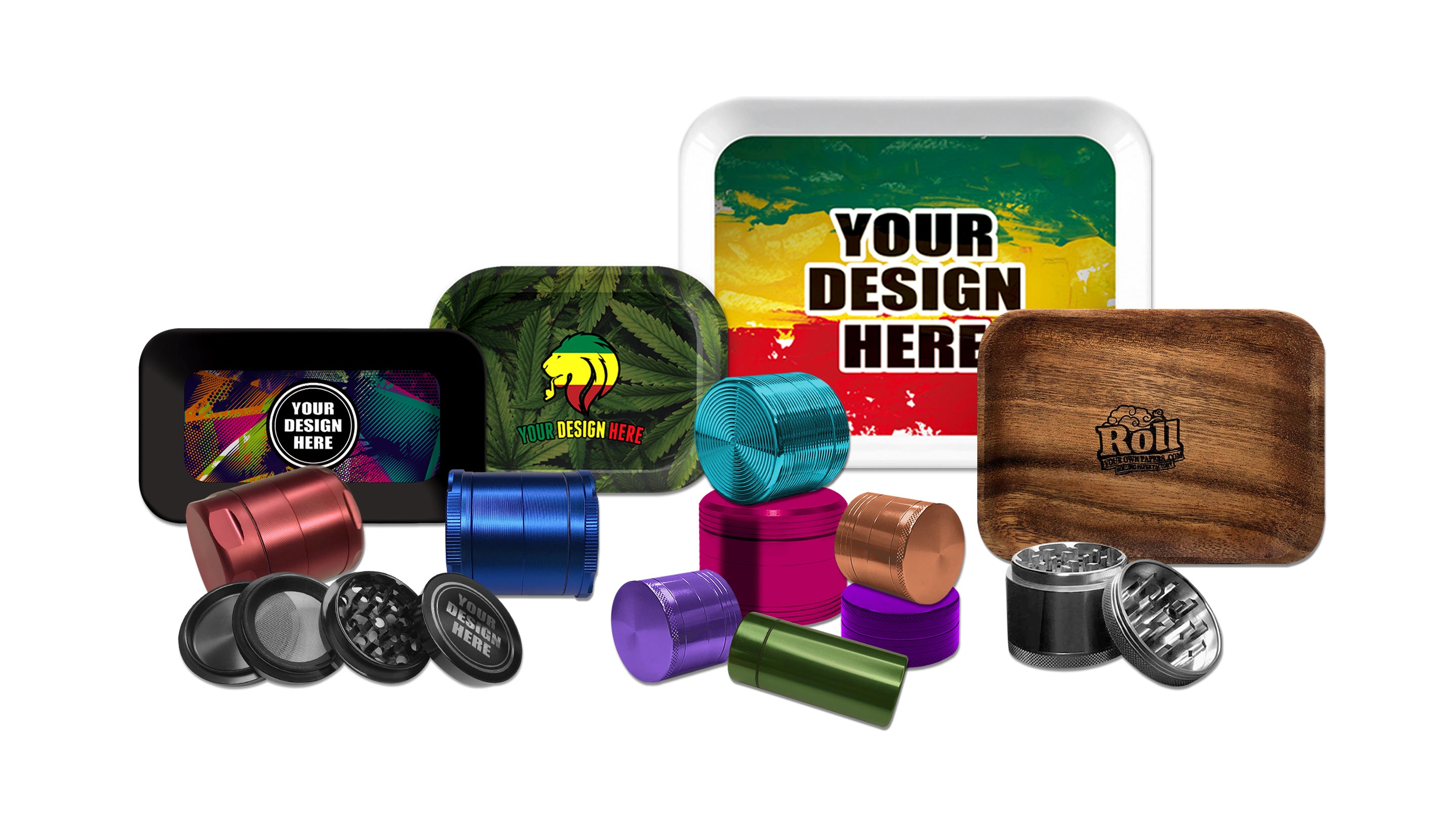
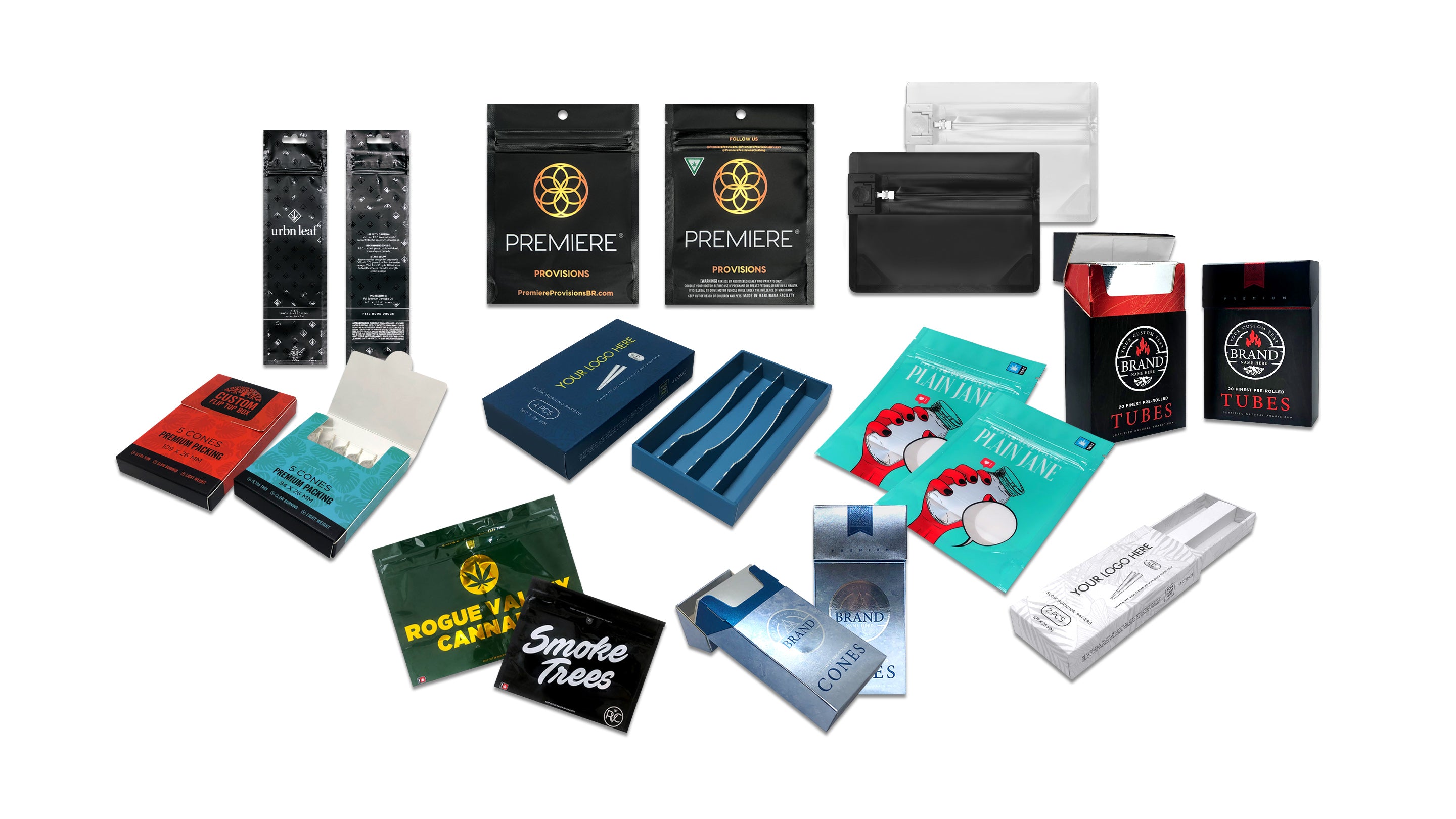
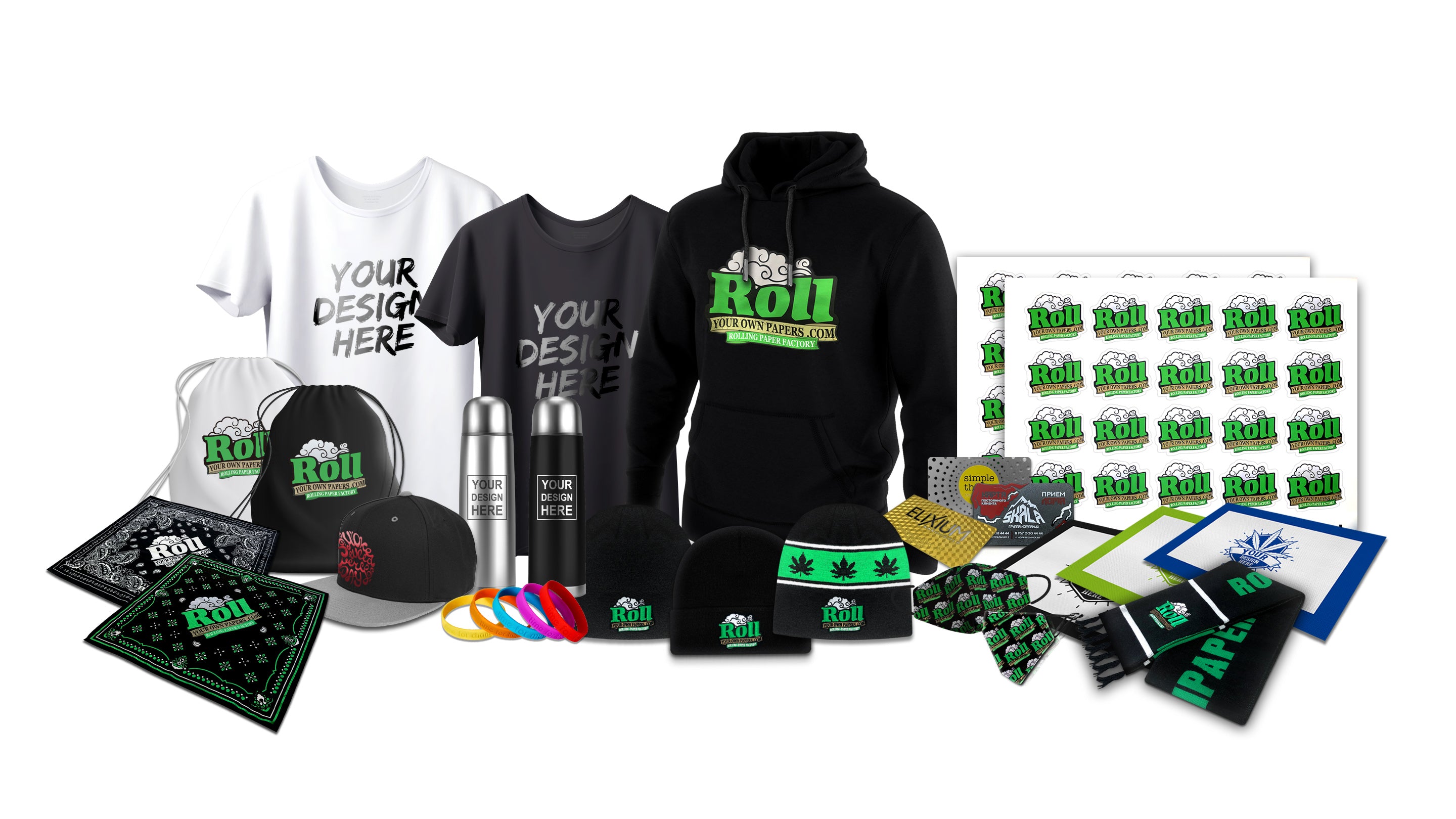
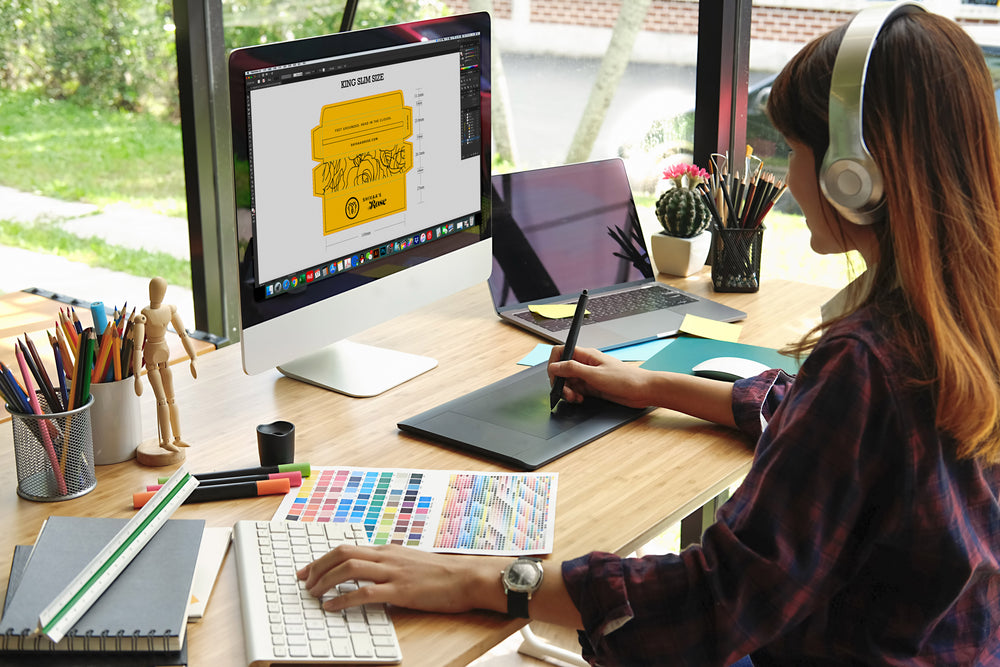



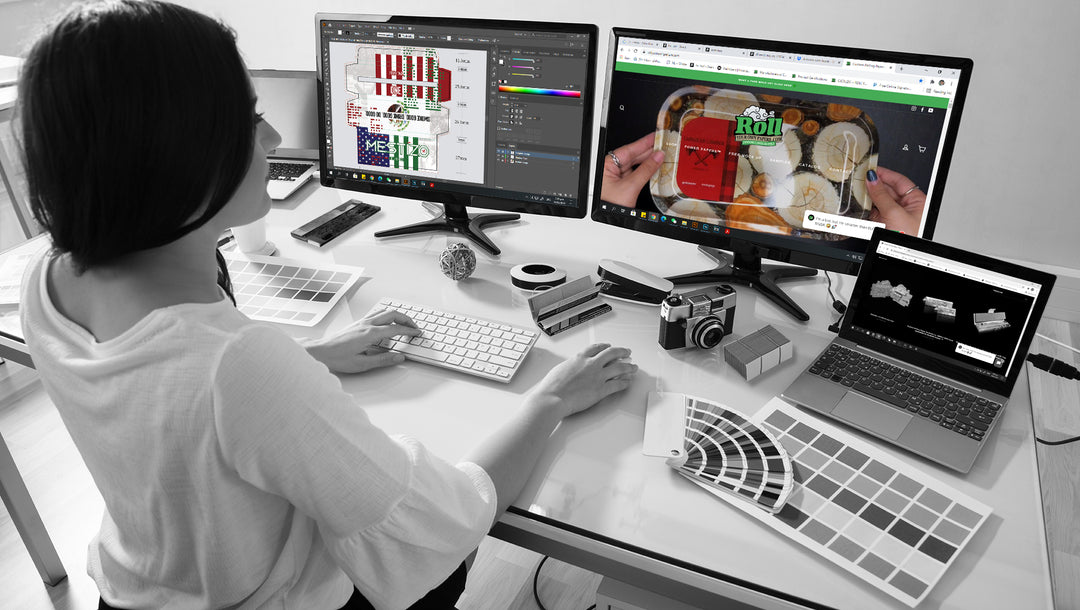

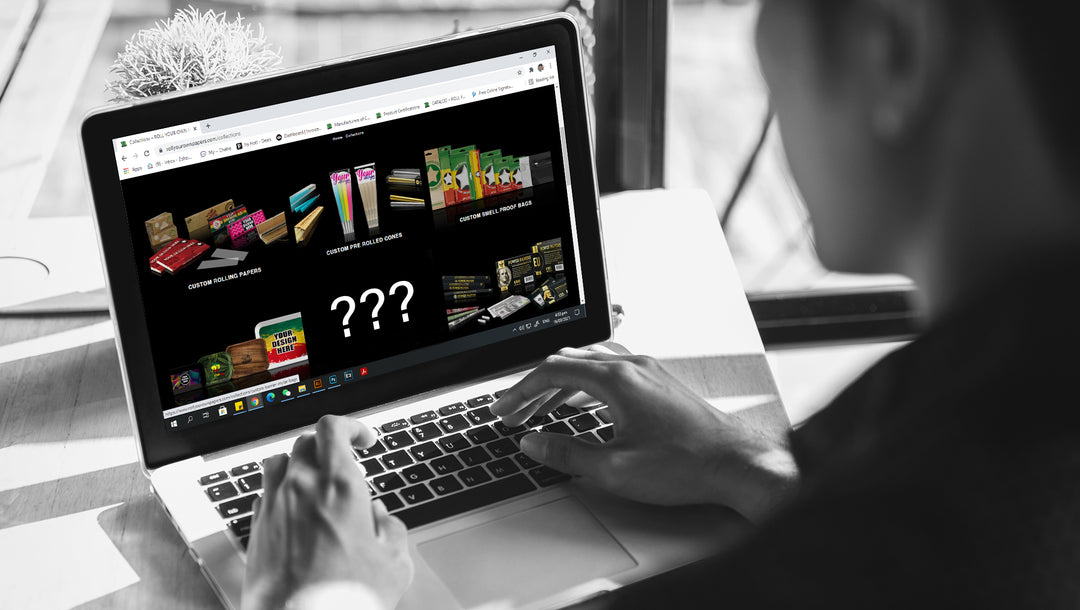
Leave a comment